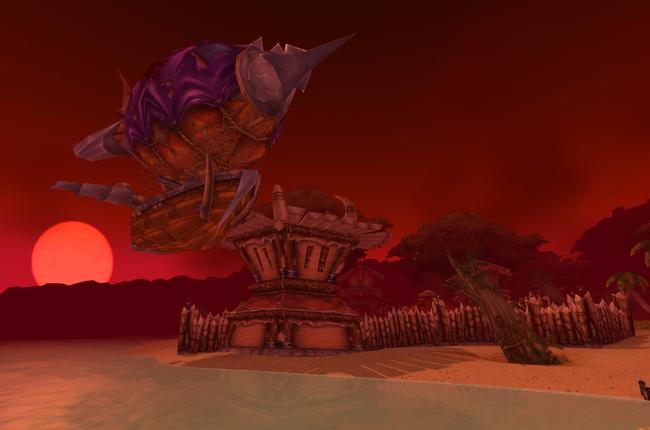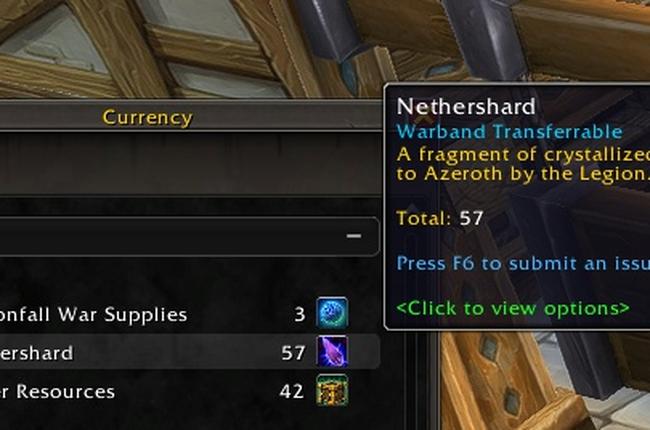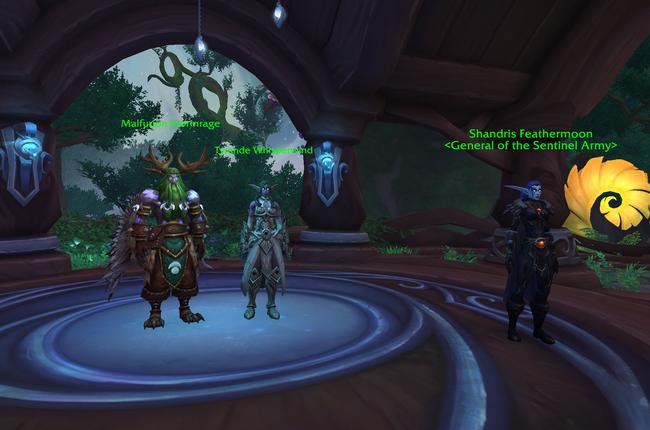Blizzard Developer Talks Sharding, Layers, and The Blood Moon Event - Season of Revelation

Blizzard Developer Tom Ellis, in a series of tweets, shared some fascinating insights about the history of Sharding and Layering in World of Warcraft. These technical solutions were implemented to address the challenge of handling an ever-increasing number of players in the game world. However, issues with layering have been a cause of frustration for many players during the Blood Moon Event in Stranglethorn Vale on the Season of Discovery. Although no official announcements have been made regarding changes, the information shared by Ellis provides valuable context to understand the complexities behind these features.
Sharding and Layering: A Brief Overview
In the modern game (referred to as Mainline), Blizzard uses a technology called Sharding, which was introduced in the Warlords of Draenor expansion. Previously, each realm had only one copy of each zone, resulting in performance limitations when the number of concurrent players exceeded the server's capacity. Sharding allowed multiple copies of the world to run simultaneously, effectively splitting players between them.
In Legion, the implementation of layering further refined this technology. Each individual zone could run limitless copies, with new copies being created as player thresholds were reached. While this improved performance, it made the game feel less cohesive. Classic WoW, however, posed new challenges for the team.
Layering in Classic WoW
Instead of sharding, Classic WoW sought to recreate the original experience as faithfully as possible. The strong belief was that interest would dwindle after the initial nostalgia wore off, leading to dead realms. To avoid this, the team had to find a way to accommodate modern-sized realm populations without overwhelming the zones. The introduction of layers, created by Omar, allowed players to be assigned to specific layers, ensuring they would remain on the same copy of a zone as their friends or faction.
However, Classic WoW proved to be more popular than anticipated, and layering became an essential long-term feature. This gave rise to new dynamics within the game, as players strategically manipulated layers to gain an advantage, leading to the emergence of phenomena like the "Asmonlayer."
Current Challenges and Hot Topics
The recent focus on layering in the Season of Discovery has raised concerns about its impact on world PvP and gameplay experiences. Layering, unlike sharding, is more rigid and dynamically adjusts the number of layers based on server load. To ensure a populated world throughout the day, layers were now being dynamically collapsed as load decreased. This change, while successful in many cases, resulted in unexpected player movement and group disruptions.
One of the primary challenges currently faced by the team is the inability to assign different player caps to different zones within a layer. This becomes problematic as different zones have distinct CPU costs and performance requirements. Layering also requires significant hardware capacity, with potentially empty copies of other zones running concurrently to handle peak loads in specific areas.
Moreover, some zone features and behaviors, like faction balance in PvP zones, are not possible with layering. This introduces additional design and engineering clashes when trying to balance world PvP experiences.
A Look into Lag, Grouping Issues, and Unexpected Layering
Ellis delves into the specific issues players have encountered during events like the Ashenvale PvP event and the STV Bloodmoon event. Lag, often experienced as delayed response time in the game simulation, is primarily caused by the lack of available CPU resources. Handling large groups of players engaging in PvP combat puts significant strain on server performance. Despite efforts to balance the number of players in a zone, some level of lag in mass PvP is expected.
Grouping up on the same layer in Classic WoW has proven challenging due to the specific layering mechanics. Layers have target and max player capacity values, and exceeding the maximum capacity results in players being placed in different layers. This issue becomes more prevalent when players form parties or raids, leading to the separation of group members across layers.
Another bug that players encountered was unexpectedly getting moved to different layers during combat, even when they were in a party or raid together. The Classic WoW team is aware of this issue and is working on changes to ensure that parties stay together during layer transitions caused by excessive load.
Conclusion
Layering in World of Warcraft has been a solution to address the challenges of handling large player populations in specific zones. However, it has introduced complexities and limitations that impact gameplay experiences, especially in the context of world PvP and grouping dynamics. The Blizzard team is actively working to improve these systems and strike a balance between performance, player populations, and the integrity of the Classic WoW experience.
Understanding the history, design, and engineering behind layering provides valuable insights for players who have been experiencing issues or questioning the decisions made regarding this feature. As the Classic team continues to address these challenges and make improvements, the hope is that the game will evolve to deliver the best possible experience while maintaining the essence of the beloved Classic WoW era.
Interested in the behind-the-scenes mechanics of game design and engineering? Consider a career in the gaming industry, where designing and maintaining these complex virtual worlds is a rewarding and endlessly fascinating endeavor.
Now is the time to conquer the content that came with the Guardians of the Dream update! From running Mythic+ dungeons to slaughtering the mighty new bosses of the fresh Amirdrassil raid - all of that and beyond is one click away with WowCarry and its team of pro-players that will carry you through your journey!





